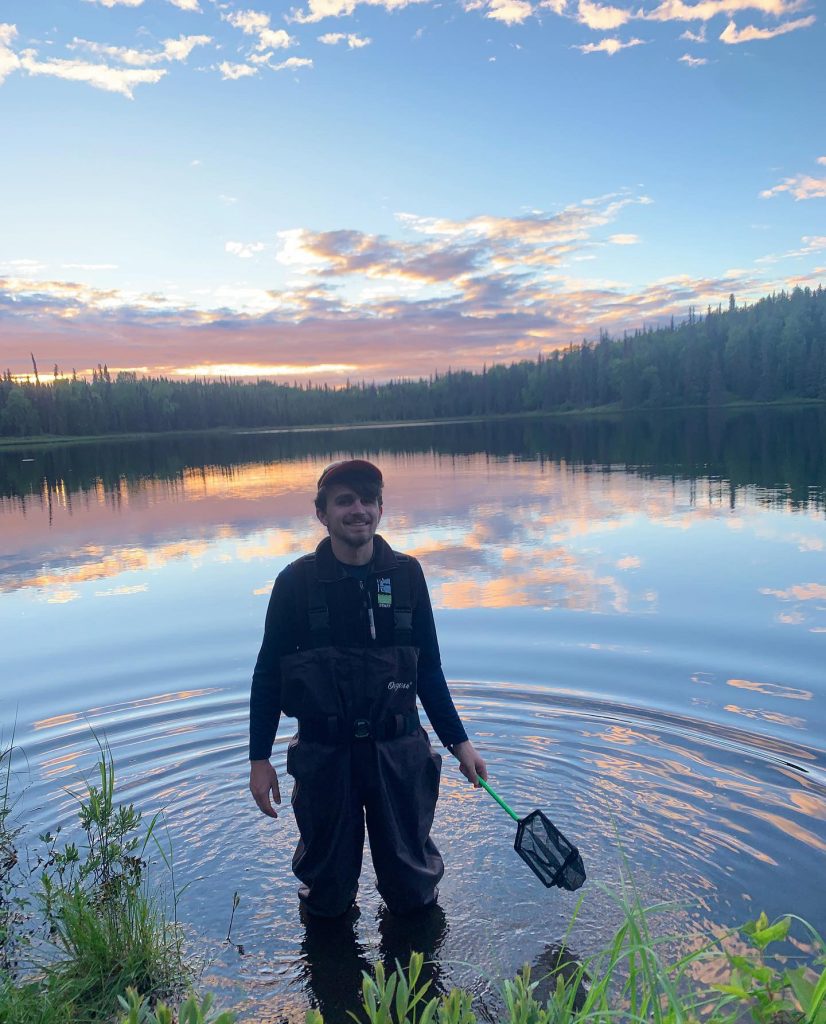My name is Kevin Neumann and I am a second year PhD student in Alison Bell’s lab, studying the behavior of three-spined stickleback fish (Gasterosteus aculeatus). This past summer, I spent nearly a month in Alaska doing field research. It was my first time doing field research, and I had no idea what I was getting myself into.

Work days in the field were strenuous. I would typically be up at 8am, drive out to pick up fish from minnow traps at that day’s lake, conduct behavioral assays through the evening until around 8pm, and then drop traps in the next day’s lake. However, spending each day overlooking a lake in the middle of the Alaskan wilderness made up for these long days. Being outside and away from any major cities for so long provided many opportunities for observing Alaskan wildlife. Moose, bald eagles, loons, and chipmunks would make their way past my cabin nearly every day. On one day off, I was even lucky enough to head down to the coast and get a look at sea otters, puffins, and other marine life. However, despite carrying bear spray with me every day, I did not see any bears, which was both disappointing and relieving. It was also quite an adjustment to get used to the Alaskan summer, with the sun setting after midnight and rising around 4am.
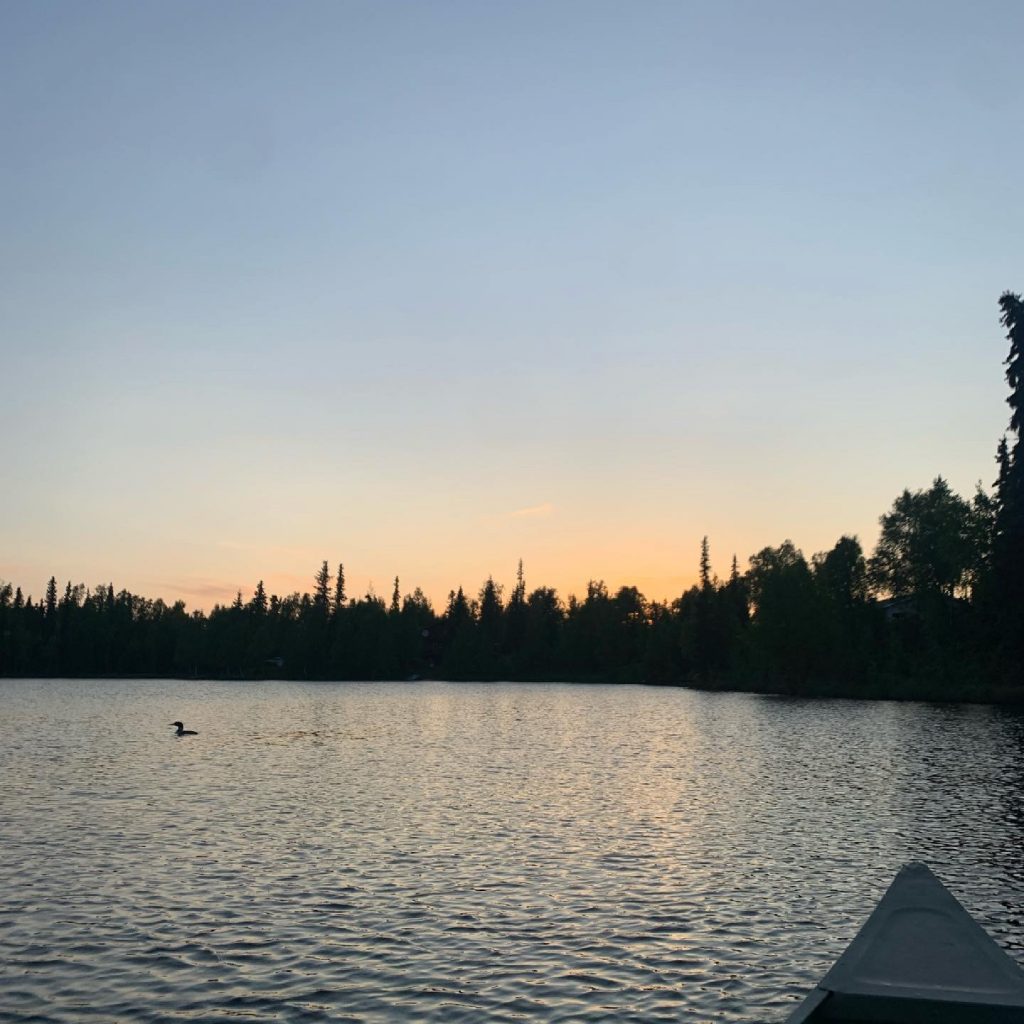
My interest in stickleback comes from a more general interest in social organisms. I have always been fascinated with species that live in groups because of the way that differences within individuals can alter both the behavior of other group members and of the group as a whole.
This work was part of a collaboration with a number of other research teams comparing how different stickleback ecotypes vary in their response to different lake environments. An ecotype is a distinct form of a species that tends to occupy a distinct type of habitat. In the case of stickleback, there are benthic and limnetic ecotypes. Benthic stickleback tend to reside near the bottom of the lake, feeding on crustaceans and other macroinvertebrates in the sediment, while limnetic stickleback spend more time in the open water, feeding on zooplankton.

We are looking at a group of lakes on the Kenai Peninsula where stickleback populations had previously been threatened by the presence of an invasive predator, the northern pike. In 2019, members of our team treated the lakes with a chemical, rotenone, removing pike from the lakes. They then reintroduced stickleback from both benthic and limnetic source populations. Thus, with this project, we have the unique opportunity to study how an ecosystem develops “from scratch” and if the development of these new ecosystems impacts these ecotypes in different ways.
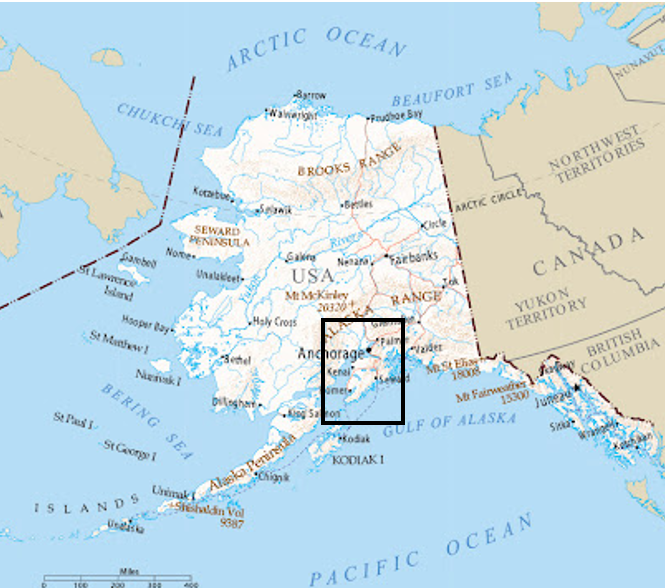
My goal this summer was to compare the behavioral types of stickleback both within and across lakes to see if differences in behavior might be linked to ecotype. A behavioral type describes a suite of behaviors that are repeatable in an individual animal. For instance, stickleback may vary in their risk-taking behavior, with some individuals more willing to emerge from a shelter and explore their surroundings, or in their response to predators, with some individuals expressing evasive behavior and swimming away from predators while others will actually approach and inspect a larger, predatory fish, like trout.
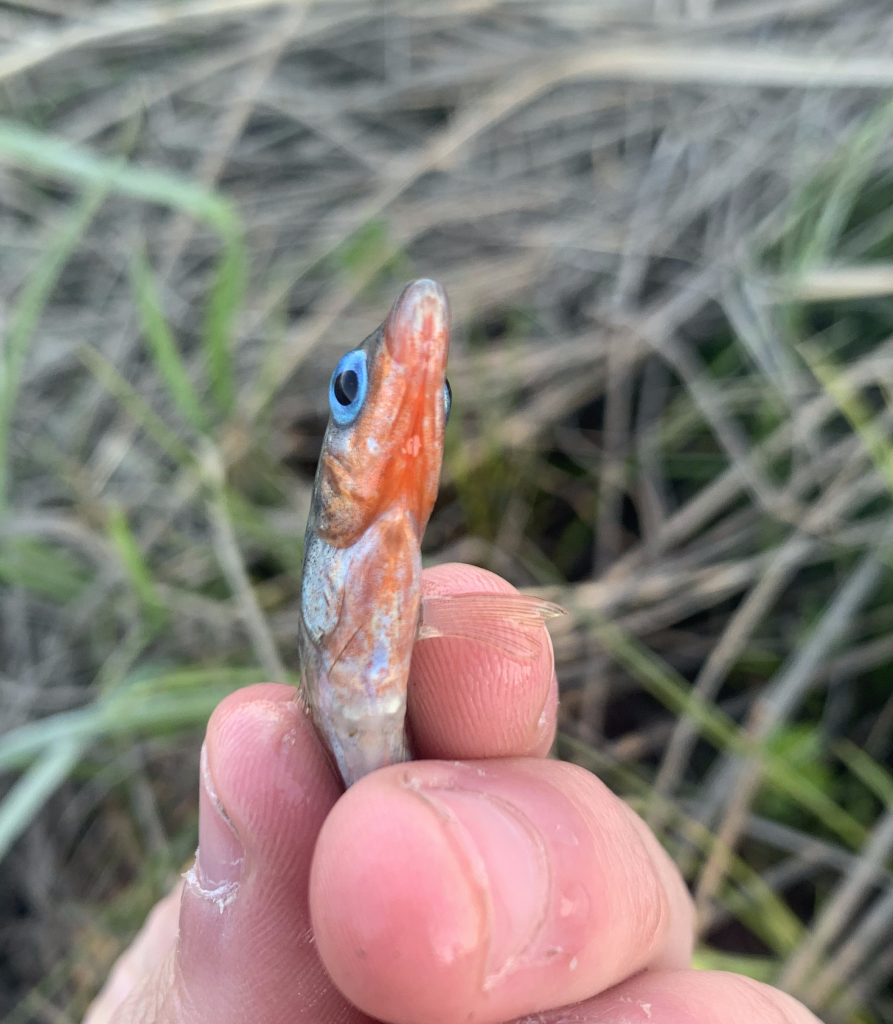
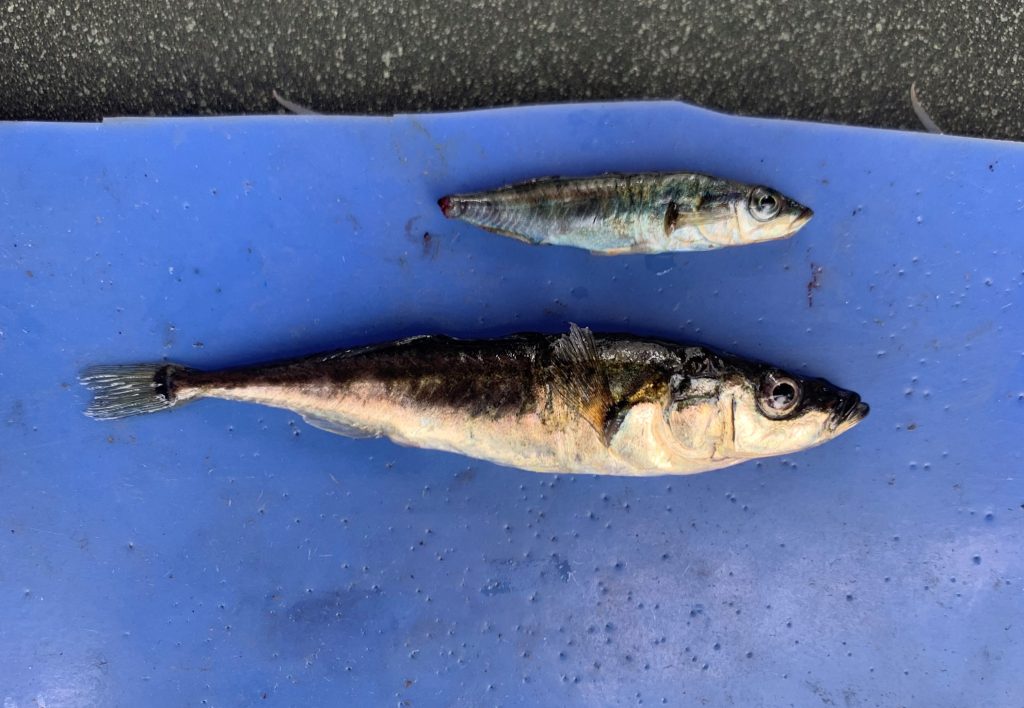
I am currently in the process of analyzing this data, but preliminary results suggest that while there is variation in behavior between lakes, ecotypic differences alone do not account for this variation. Rather, it appears that fine-scale differences between lakes may be important. I will need to follow this up by going back in future years and measuring lake-level traits like predator diversity, nesting space, or prey types. Returning in future years will also provide me with the opportunity to track the evolution of these populations in real time. If, for instance, the patterns I found this year are even stronger next year, it would suggest that selection is favoring different behavioral types for different lake environments.
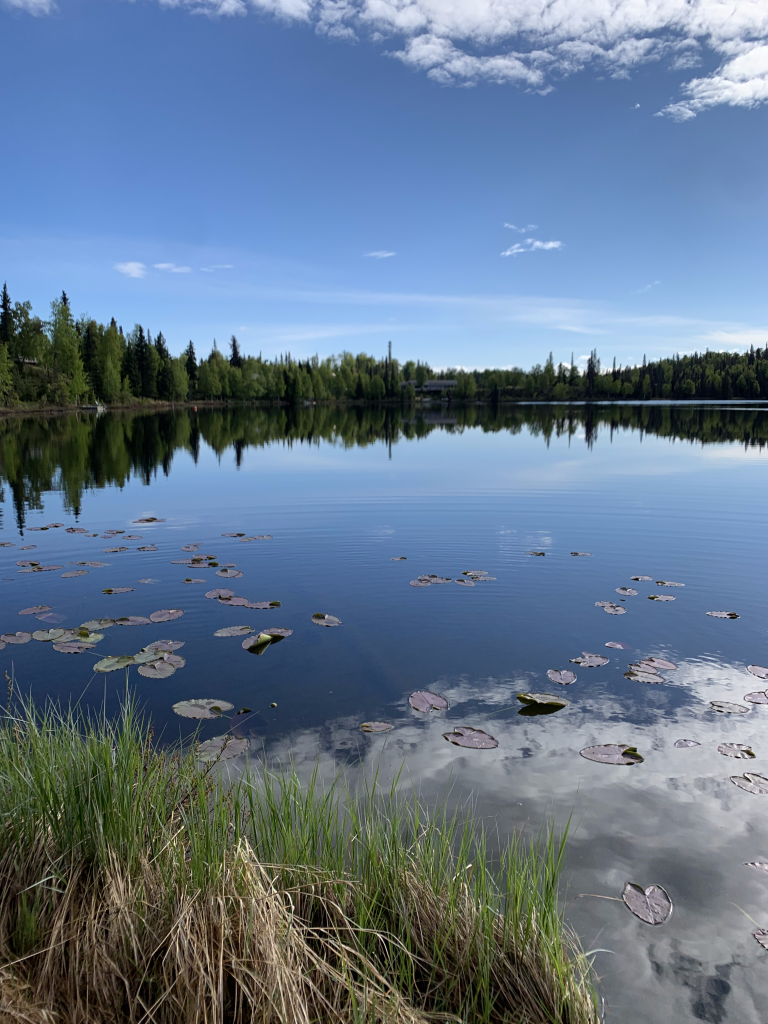
I also hope to expand on this project by looking more into the social behavior of stickleback when they are interacting in groups. Prior work has explored how individual variation plays a role in stickleback social groups. However, the relationship between social behaviors and the divergence of traits within species is not as well understood, not only in stickleback but in the field of evolutionary biology at large. By quantifying the role that social interactions can have on the divergence of ecologically relevant traits like the differences we see between benthic and limnetic ecotypes, this work will help us better understand the evolution of social behavior, a concept that has fascinated biologists, psychologists, and philosophers for years.
